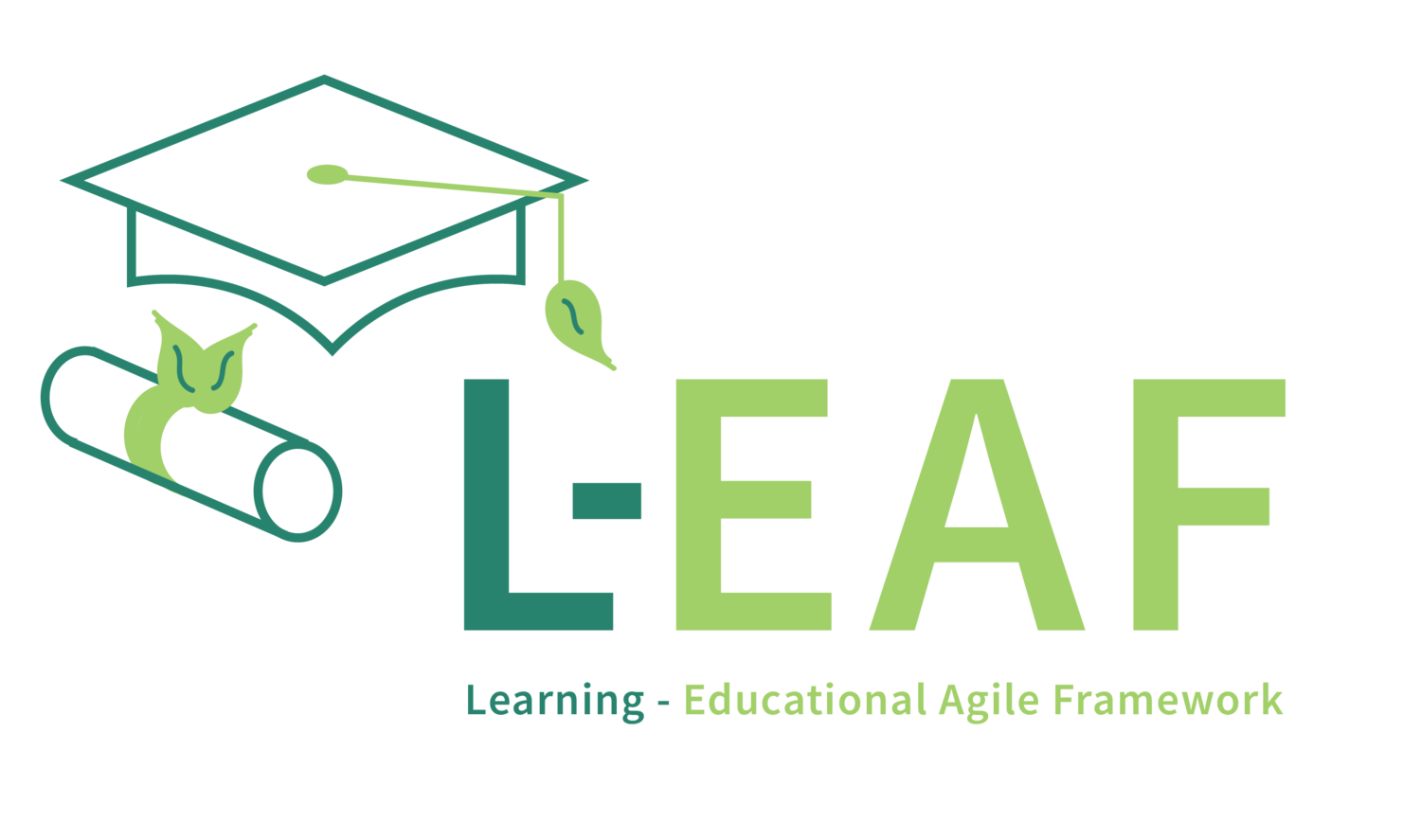Navigating the Shifting Landscape of Talent Acquisition in Education: Embracing Agility for Success
In the ever-evolving realm of education, the demand for qualified and inspiring educators continues to surge. As traditional HR practices struggle to keep pace with this dynamic landscape, educational institutions find themselves facing a growing challenge in attracting and retaining top talent. The solution, however, lies not in a complete overhaul of existing systems, but rather in a strategic shift towards embracing agile principles in HR practices.
Agility, a concept that has revolutionized industries from software development to healthcare, offers a transformative approach to talent acquisition, empowering educational institutions to navigate the complexities of the hiring landscape and cultivate a high-performing workforce. By adopting agile methodologies, schools can foster a culture of adaptability, collaboration, and continuous improvement, ensuring that their talent acquisition strategies remain responsive to the ever-changing needs of the education sector.
Drawing inspiration from the successes of other industries, educational institutions can implement agile HR practices to enhance their talent acquisition efforts. One key aspect is the development of an agile talent acquisition pipeline, a flexible and adaptable system that can respond to shifting market conditions and evolving demands. This involves leveraging technology to automate tasks, utilizing data analytics to inform decisions, and continuously refining recruitment strategies.
Another crucial element is fostering a collaborative hiring process, where HR professionals, hiring managers, and stakeholders work together throughout the entire recruitment journey. This collaborative approach ensures that diverse perspectives are considered, enhancing decision-making and improving the overall candidate experience.
Finally, establishing a culture of continuous feedback and improvement is essential for ensuring that the talent acquisition process remains effective and aligned with the institution's goals. Gathering insights from candidates, hiring managers, and stakeholders enables the identification of areas for refinement, allowing for an iterative approach that continuously optimizes the talent acquisition process.
To effectively implement agile HR practices in education, the #LearningKATA and #WorkFLOW methodologies, created by the Learning-Educational Agile Framework, provide valuable tools for leaders who are ready for change. The LearningKATA emphasizes continuous learning and improvement through iterative cycles of experimentation, reflection, and adaptation. By applying this methodology, educational institutions can identify and define challenges, establish target conditions, experiment and iterate, and reflect and adapt, ensuring that their talent acquisition strategies remain relevant, effective and are improved over time.
The WorkFLOW framework, on the other hand, provides a structured approach to managing and optimizing workflows, ensuring efficiency and effectiveness in talent acquisition processes. By breaking down the process into manageable work packages and tasks, setting clear goals and deadlines, collaborating effectively within teams, and monitoring progress, educational institutions can streamline their talent acquisition efforts, maximizing resources and achieving their hiring objectives.
As the education sector continues to navigate the complexities of the 21st century, embracing agile HR practices is no longer a choice but a necessity. By adopting these principles, educational institutions can empower themselves to attract and retain top talent, fostering a high-performing workforce that is equipped to meet the challenges and opportunities of the ever-changing landscape of education.


